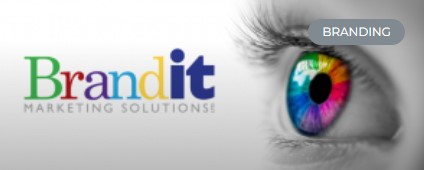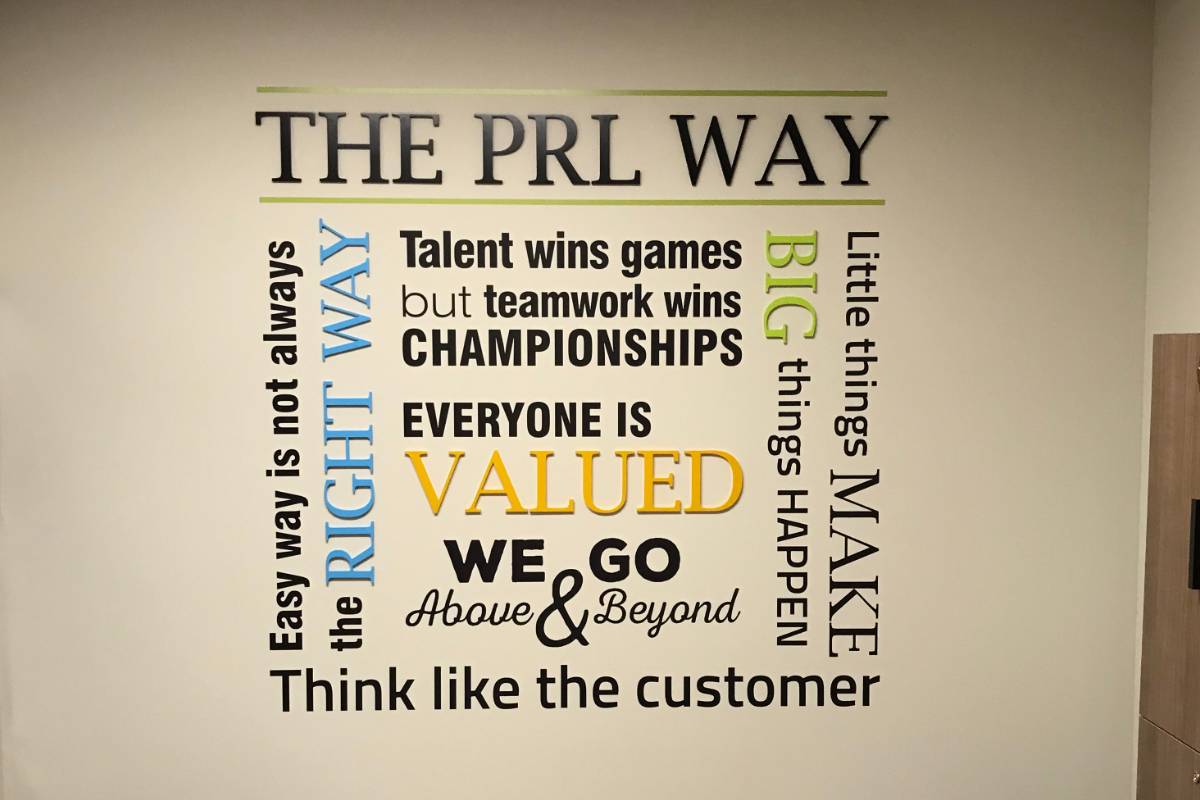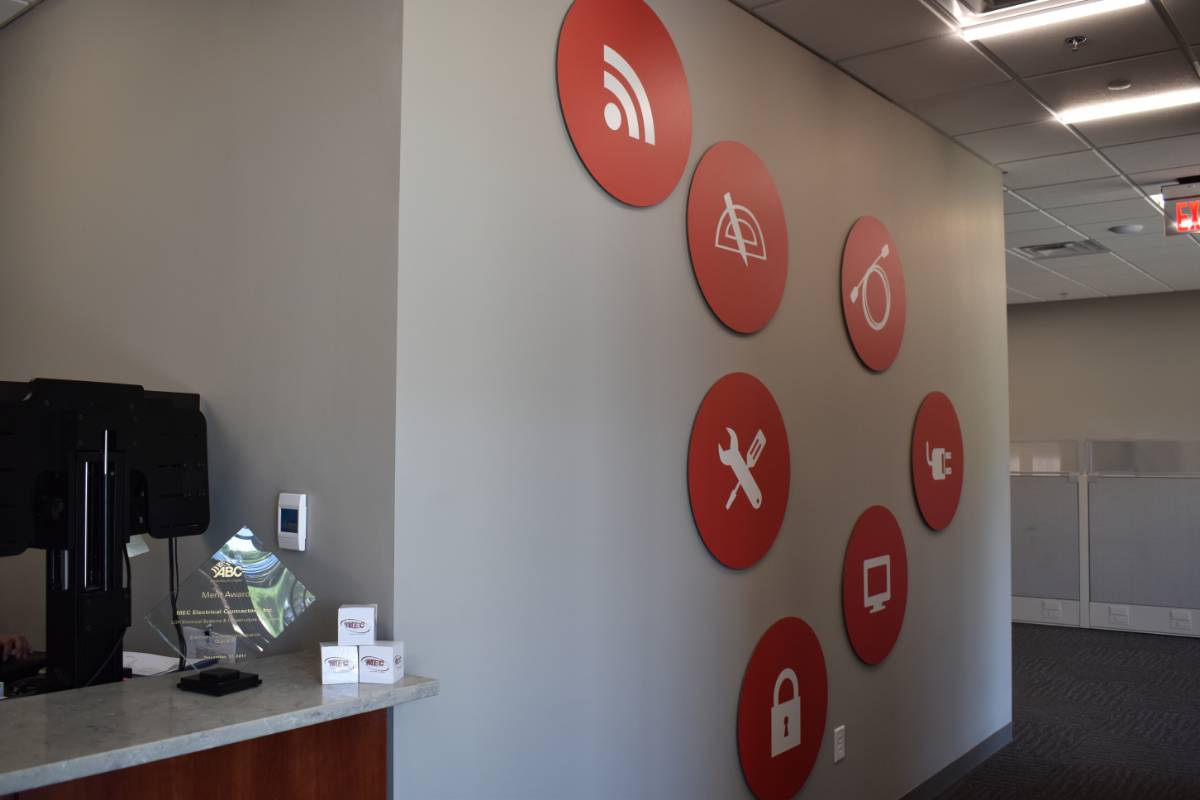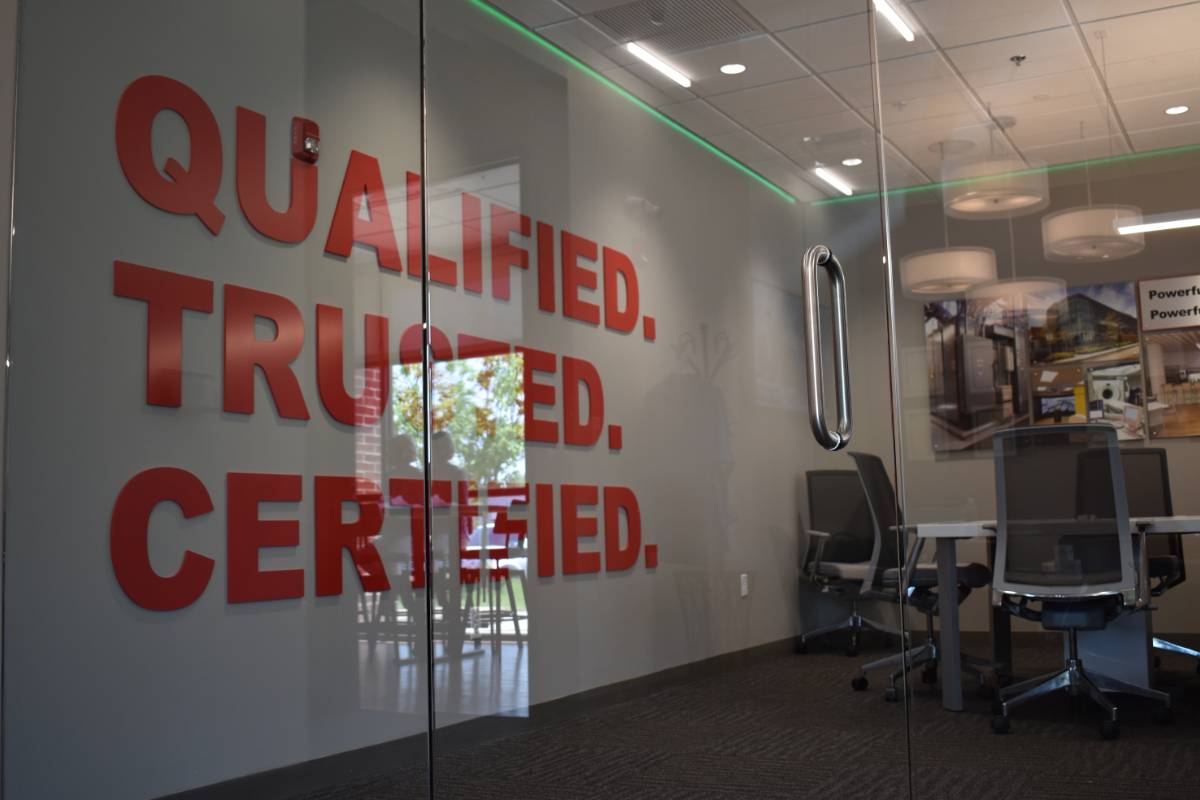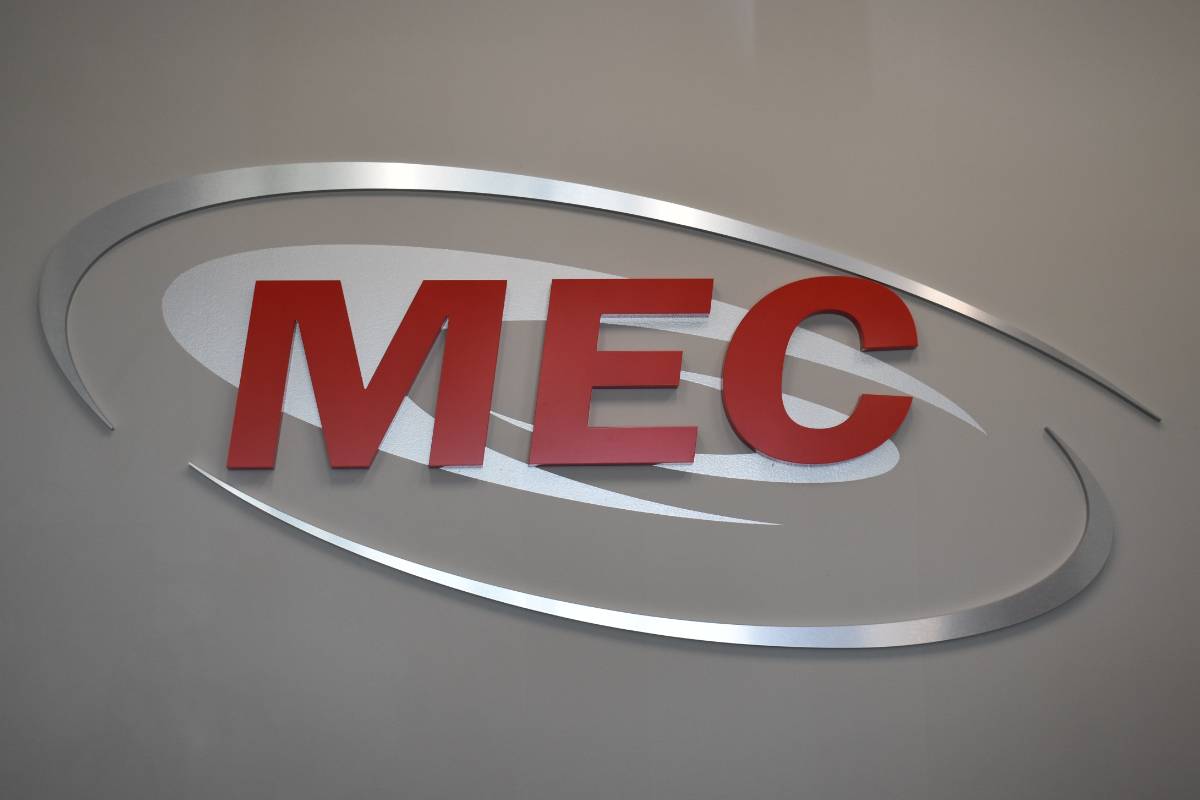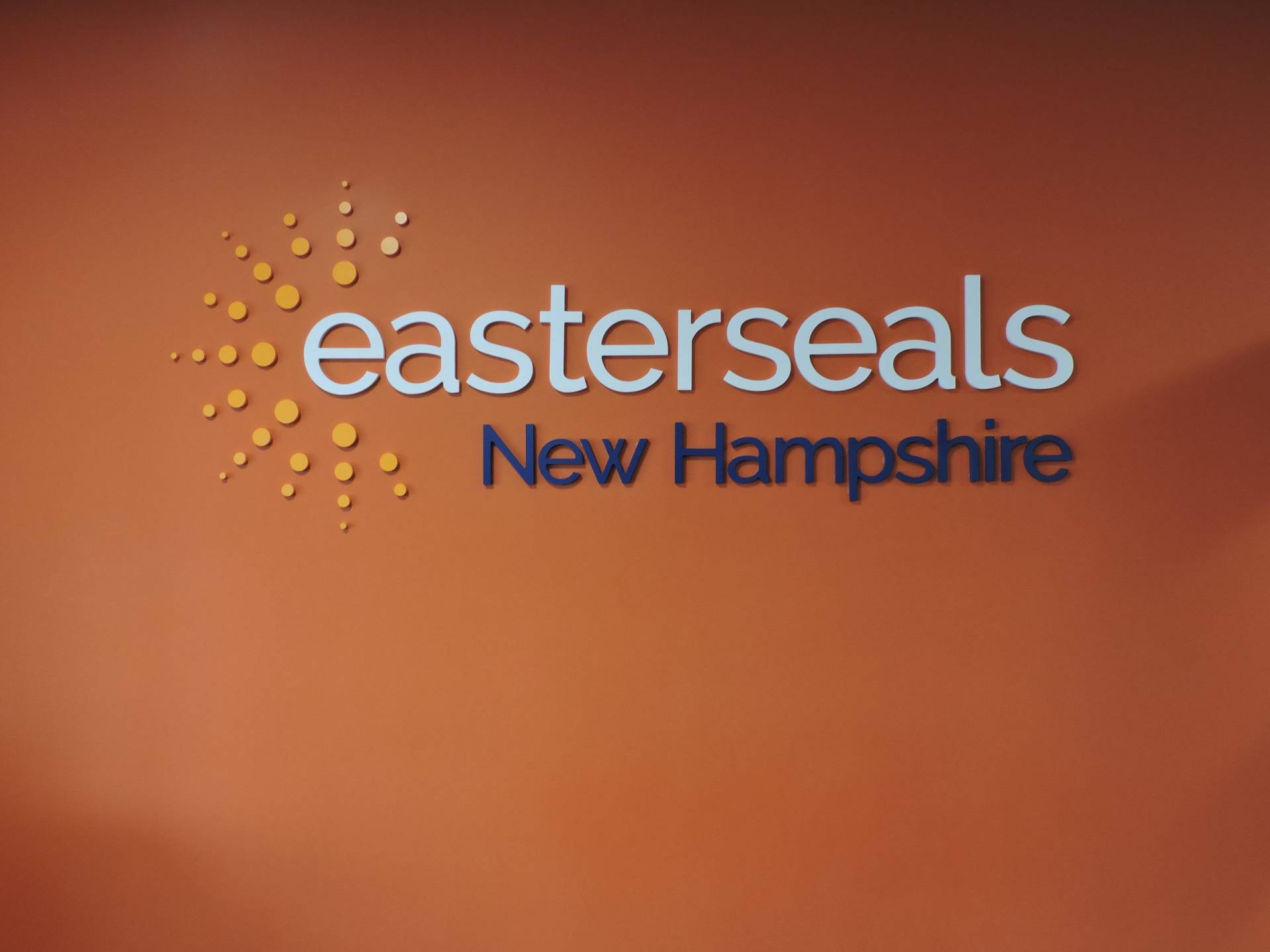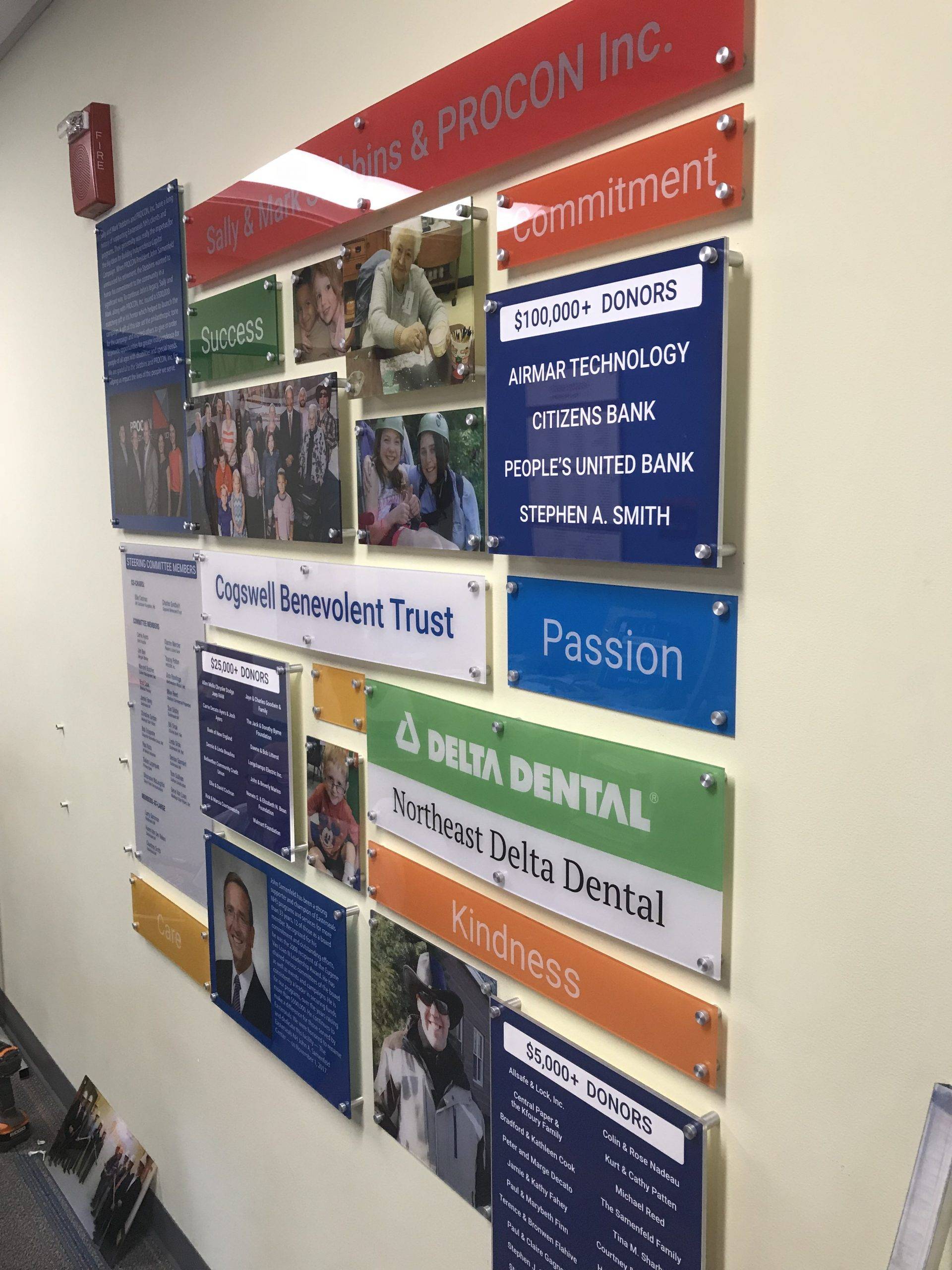Understanding 7 Types of Search Engine Marketing (2023 Guide)
With the ever-increasing competition in the business world, companies like Google, Bing, and Yahoo are leaving no stone unturned to seek the attention of prospective of existing customers. For all businesses, product or service promotion on platforms like Google AdWords, Bing Ads, etc. is among the topmost priorities as it can accelerate the growth of the business.
Online advertising also plays a crucial role in this regard and requires investment. This is where the different types of Search Engine Marketing or SEM like paid search advertising, search engine optimization (SEO), and local search marketing can be game-changer.
Whether you’re a small business owner or a digital marketer, understanding the different types of search engine marketing is essential to reaching your target audience and driving more traffic to your website. In this article, we will elaborate on and compare these strategies, plus provide guidelines for choosing the right SEM approach for your business.
Introduction to Search Engine Marketing

Search Engine Marketing (SEM) is a form of digital marketing that uses paid advertising techniques to increase a website’s visibility and reach in search engine results pages (SERPs) top ranking. SEM campaigns typically involve placing ads on search engines like Google, Bing, and Yahoo, or on other websites that are part of the search engine’s advertising network.
The ads are usually pay-per-click (PPC) ads, which means the advertiser pays each time a user clicks on the ad. The goal of SEM is to drive more traffic to a website by making it more visible to users who are searching for products or services related to the business.
Both SEM and SEO are important elements of digital marketing services, and businesses may use a combination of both strategies to achieve their marketing goals. When people go online to find a new product, company, or service, they start with a search. Even research shows that 93 percent of online experiences begin with a search engine.
Importance of SEM in Digital Marketing
Search Engine Marketing (SEM) is an important aspect of digital marketing because it allows businesses to reach their target audience at the precise moment when they are actively searching for products or services related to the business. SEM is particularly effective for driving traffic to a website and increasing brand awareness.
- Targeted Advertising: SEM allows businesses to target specific demographics, interests, and behaviors, which increases the chances of reaching the right audience and generating more leads.
- Cost-Effective: SEM is cost-effective as it allows businesses to set a budget and only pay when a user clicks on an ad, which means they are only paying for actual results.
- Measurable Results: SEM provides measurable results, which means businesses can track the performance of their campaigns and make data-driven decisions.
- Increased Brand Visibility: SEM increases brand visibility by placing ads on search engines, which means a business’s website and brand will be seen by a larger audience.
- Quick Results: SEM can produce quick results, which is particularly useful for businesses that need to drive traffic to their website quickly.
Overall, SEM can be a powerful tool for businesses looking to increase their online presence, drive more traffic to their website and generate more leads.
Different Types of Search Engine Marketing
To better understand the different types of search engine marketing, it’s helpful to look at real-life Search engine marketing examples of how businesses are using SEM to achieve their marketing goals. Here are the following types of SEM. Let’s take a look!
Pay-per-click (PPC) Advertising
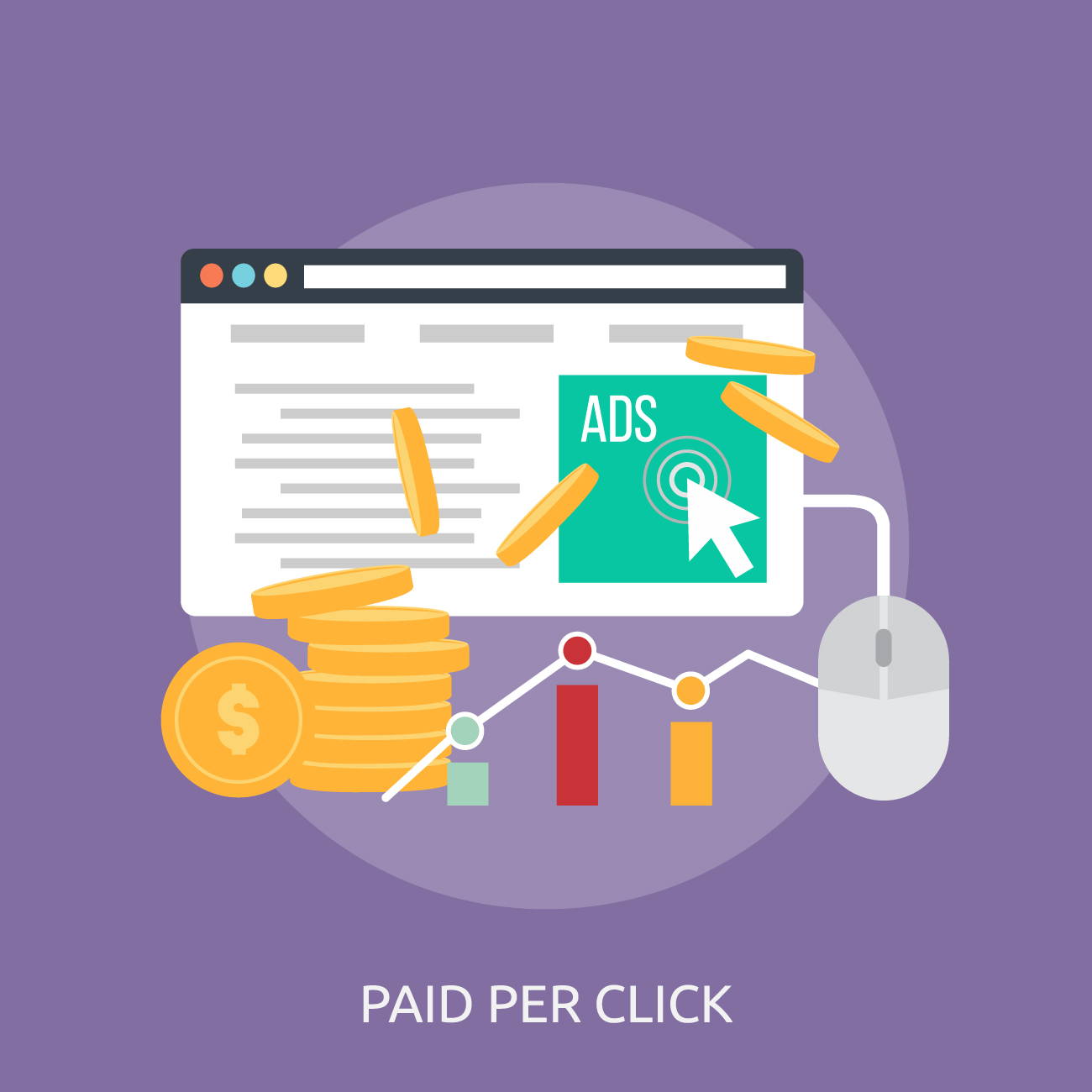
Pay-per-click (PPC) is a form of online advertising where businesses pay a fee each time one of their ads is clicked. It allows businesses to place ads on search engines or other websites that are part of the search engine’s advertising network, and pay for each click on those ads. The most popular forms of PPC are search ads and display ads.
Some common platforms for PPC advertising include:
- Google Ads: Google Ads is the most popular platform for Paid advertising. It allows businesses to place ads on Google search results pages and on the Google Display Network, which includes millions of websites. Types of ads we can create under a campaign eg Responsive text ads, display ads, Pay per call ads.
- Bing Ads: Bing Ads is another popular platform for PPC advertising, which allows businesses to place ads on Bing and Yahoo search results in pages.
- Facebook Ads: Facebook Ads allows businesses to place ads on the Facebook platform and its network of apps, including Instagram.
- Instagram Ads: Instagram Ads allows businesses to place ads on the Instagram platform and reach their target audience.
- Twitter Ads: Twitter Ads allows businesses to place ads on the Twitter platform and reach their target audience.
- LinkedIn Ads: LinkedIn Ads is a platform that allows businesses to place ads on the LinkedIn platform and reach their target audience.
These are some of the most popular platforms for PPC advertising, but there are many other platforms available as well, depending on the business’s specific needs and target audience.
Display Advertising

Display advertising is a type of online advertising where businesses place visual ads, such as banner ads, on websites or apps to reach their target audience. These ads usually appear in designated areas on web pages, known as ad units. Display ads are designed to capture the attention of users as they browse through websites, and they can be targeted to specific audiences based on demographics, interests, and behaviors.
Some common platforms for display advertising include:
- Google Display Network (GDN): Google’s Display Network (GDN) is a collection of millions of websites, apps, and videos where businesses can place their display ads.
- Facebook and Instagram: Facebook and Instagram have a large audience and allow businesses to place display ads on their platforms.
- Twitter: Twitter also allows businesses to place display ads in the form of sponsored tweets.
- LinkedIn: LinkedIn allows businesses to place display ads on its platform, which can be targeted to specific demographics, industries, and job titles.
- YouTube: YouTube, being the 2nd largest search engine in the world, allows businesses to place display ads in the form of video ads on its platform.
- Taboola and Outbrain: Taboola and Outbrain are content discovery platforms where businesses can place display ads that are shown alongside related content on partner websites.
These are some of the most popular platforms for display advertising, but there are many other platforms available as well, depending on the business’s specific needs and target audience.
Shopping Advertising
Shopping advertising, also known as product listing ads (PLAs) or e-commerce advertising, is a form of online advertising that allows businesses to showcase their products and services on search engines and other websites. These ads typically feature an image of the product, its price, and other details such as product ratings, reviews, and other attributes. Shopping ads are designed to drive traffic to the business’s website or e-commerce platform where users can make a purchase.
Some common platforms for shopping advertising include:
- Google Shopping: Google Shopping is a platform that allows businesses to place ads for their products on Google search results pages and on the Google Display Network.
- Bing Shopping: Bing Shopping is a platform that allows businesses to place ads for their products on Bing and Yahoo search results pages.
- Amazon Advertising: Amazon Advertising is a platform that allows businesses to place ads for their products on the Amazon marketplace and reach Amazon’s large audience of shoppers.
- Facebook and Instagram Shopping: Facebook and Instagram allow businesses to create shopping ads and tag products in their posts, making it easy for customers to purchase products directly from the ads.
- Shopify: Shopify allows businesses to create and run shopping ads for their e-commerce stores directly from their Shopify account.
- Pinterest: Pinterest allows businesses to create shopping ads and tag products in their pins, which allows customers to purchase products directly from the ads.
These are some of the most popular platforms for shopping advertising, but there are many other platforms available as well, depending on the business’s specific needs and target audience.
Local Advertising

Local advertising is a form of online advertising that targets a specific geographic area, such as a city or neighborhood. It allows businesses to reach customers in their local area and drive foot traffic to their physical location. Local advertising can be used by businesses such as retail stores, restaurants, and service providers.
Some common platforms for local advertising include:
- Google Business Profile: Google Business Profile is a platform that allows businesses to create a listing for their business on Google search results pages, Google Maps, and the Google Display Network.
- Bing Places: Bing Places is a platform that allows businesses to create a listing for their business on Bing and Yahoo search results pages.
- Facebook Local: Facebook Local allows businesses to create a listing for their business on Facebook and reach customers in their local area.
- Yelp: Yelp is a platform that allows businesses to create a listing for their business and reach customers in their local area.
- TripAdvisor: TripAdvisor is a platform that allows businesses to create a listing for their business and reach customers in their local area.
- Foursquare: Foursquare allows businesses to create a listing for their business and reach customers in their local area.
These are some of the most popular platforms for local advertising, but there are many other platforms available as well, depending on the business’s specific needs and target audience.
Video Advertising
Video advertising is a form of online advertising that uses video content to promote a product or service. It can be used to drive brand awareness, increase engagement, and ultimately drive sales. Video advertising can be in-stream, in-display, or in-banner, which refers to the placement of the video ad.
Some common platforms for video advertising include:
- YouTube: YouTube is one of the most popular platforms for video advertising. It allows businesses to place video ads on the platform and target specific demographics, interests, and behaviors.
- Facebook and Instagram: Facebook and Instagram allow businesses to place video ads on their platforms and target specific demographics, interests, and behaviors.
- Twitter: Twitter allows businesses to place video ads in the form of promoted tweets.
- LinkedIn: LinkedIn allows businesses to place video ads on its platform and target specific demographics, industries, and job titles.
- Vimeo: Vimeo is a platform that allows businesses to place video ads on its platform and reach their target audience.
- TikTok: TikTok allows businesses to place video ads on its platform and reach their target audience.
These are some of the most popular platforms for video advertising, but there are many other platforms available as well, depending on the business’s specific needs and target audience.
Remarketing
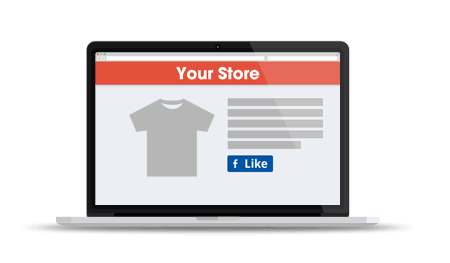
Remarketing is a form of online advertising that targets users who have previously interacted with a business’s website, app, or other digital properties. It allows businesses to show ads to people who have previously shown interest in their products or services. The goal of Google – Facebook Ads and remarketing services is to re-engage those users and encourage them to complete a desired action, such as making a purchase or signing up for a newsletter.
Some common platforms for remarketing include:
- Google Ads: Google Ads allows businesses to create remarketing lists and show ads to users who have previously visited their website or interacted with their app.
- Facebook and Instagram: Facebook and Instagram allow businesses to create Custom Audiences and show ads to users who have previously visited their website or interacted with their app.
- Twitter: Twitter allows businesses to create remarketing lists and show ads to users who have previously visited their website or interacted with their app.
- LinkedIn: LinkedIn allows businesses to create remarketing lists and show ads to users who have previously visited their website or interacted with their app.
- AdRoll: AdRoll is a platform that allows businesses to create remarketing lists and shows ads to users who have previously visited their website or interacted with their app.
These are some of the most popular platforms for remarketing, but there are many other platforms available as well, depending on the business’s specific needs and target audience.
Social Media Marketing
Social media marketing is a form of online advertising that targets users on social media platforms. It allows businesses to promote their products or services to a specific audience on social media platforms like Facebook, Instagram, Twitter, LinkedIn, and others. The ads can be in the form of sponsored posts, sponsored stories, sponsored events, or promoted accounts.
Some common platforms for social media advertising include:
- Facebook: Facebook is one of the most popular platforms for social media advertising. It allows businesses to target specific demographics, interests, and behaviors, and place ads on Facebook and Instagram.
- Instagram: Instagram is another popular platform for social media advertising that allows businesses to target specific demographics, interests, and behaviors, and place ads on Instagram.
- Twitter: Twitter allows businesses to target specific demographics, interests, and behaviors, and place ads in the form of promoted tweets.
- LinkedIn: LinkedIn allows businesses to target specific demographics, industries, and job titles, and place ads on its platform.
- TikTok: TikTok allows businesses to target specific demographics, interests, and behaviors, and place ads on its platform.
- Pinterest: Pinterest allows businesses to target specific demographics, interests, and behaviors, and place ads on its platform.
These are some of the most popular platforms for social media advertising, but there are many other platforms available as well, depending on the business’s specific needs and target audience.
Conclusion
Search Engine Marketing is a powerful tool for businesses looking to reach their target audience and achieve their marketing goals. With the right SEM strategy, businesses can increase their online visibility, drive more traffic to their website, and ultimately generate more leads and conversions. Transform Your Online Presence with Brandit’s Search Engine Marketing Services in Manchester NH, Boston and Other Key Cities. Our team of experts specialize in creating custom SEM campaigns that drive results and help our clients reach their target audience. With years of experience in the industry and a deep understanding of search algorithms and consumer behavior, we are confident in our ability to deliver the results you want.
Whether you’re looking to increase your brand’s online visibility or drive more traffic to your website, our SEM services are here to help. We offer a full range of search engine marketing services including PPC, display advertising, and local search advertising, to help you reach your target audience and achieve your marketing goals. So if you’re looking for a trusted partner to help you reach your online marketing goals, look no further than Brandit. Contact us today to learn more about our SEM services and how we can help you achieve the results you want.
Know exactly what you need but not sure how to start the process? Click the link below to schedule a time to chat with us.

Cutting Through the Noise With Direct Mail Marketing
Everyday, we see 2,904 messages. We pay attention to 52, but only remember four. Your message has a mere three seconds to gain…
August 9, 2021

